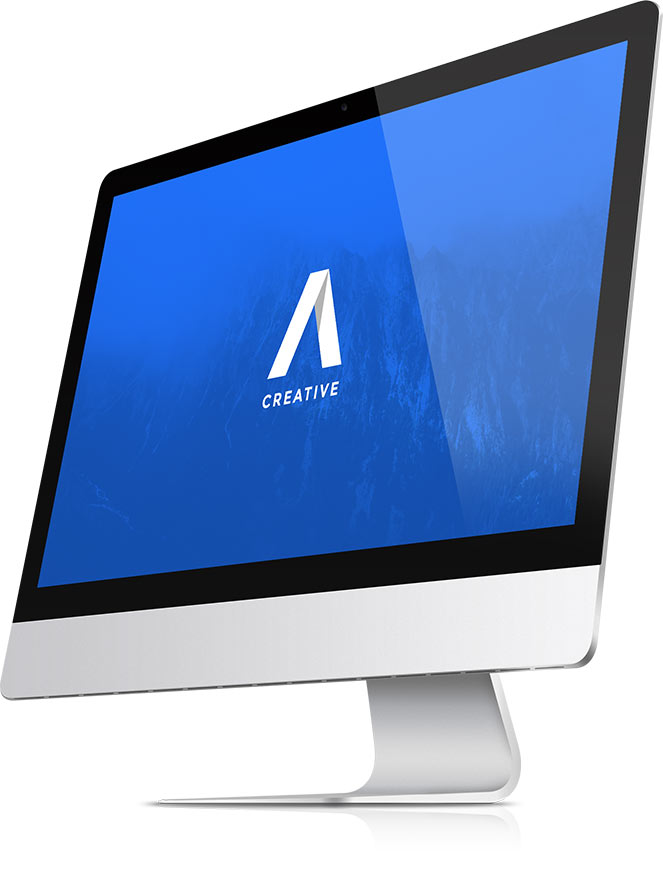About Us
n recent years, Europe has experienced an influx of migrants and refugees, each bringing their unique stories, talents, and dreams. Yet, the path to integration is often fraught with challenges—language barriers, cultural differences, and a lack of belonging can make it hard for newcomers to find their place.
At Field Youth, we believe that art transcends borders and fosters deep connections between people, regardless of their background. INTARTS is built on this philosophy, using creative arts to cultivate understanding, empathy, and collaboration among diverse communities. Through this project, we’re not just offering workshops; we’re building bridges.

Meet The Partners
The collaboration between newcomer organizations like DUNAJ and BALTURKA, and an experienced entity like PIGI, fosters a dynamic environment for knowledge exchange. While DUNAJ and BALTURKA bring fresh perspectives and innovative approaches, PIGI’s experience offers guidance and mentorship. This collaborative relationship allows for mutual learning, skill development, and the cultivation of expertise across all partners. Through workshops, trainings, and collaborative projects, each organization can harness the strengths of the others, ensuring a robust and sustainable framework for achieving the project objectives.
Pigi KoinSEp (Greece)
Cultural Sensitivity: Our collaboration with PIGI provides invaluable insights into cultural nuances and sensitivities, essential when working with diverse groups of migrants, refugees, and youth. Sustainability: Our partnership with PIGI in Greece ensures the project’s sustainability beyond its duration. It paves the way for ongoing collaboration, idea exchange, and the implementation of similar initiatives, guaranteeing the project’s long-term impact in Greece and other regions.
Balturka Culture Academy (Lithuania)
Asociacija Baltic Turkish Culture Academy focuses on fostering cultural inclusion through arts and education. Within the ECO-CULTURAL project, they organize cultural exchange activities that bring together migrants, refugees, and local residents to collaborate on environmental projects. Their role ensures that cultural integration is deeply embedded in the project’s sustainability initiatives.
Dunaj Institute of Dialogue (Poland)
Dunaj Institute of Dialogue brings its expertise in intercultural dialogue and inclusive education. In this project, Dunaj takes on a major role in community engagement, organizing workshops that blend sustainability education with cultural exchange. Their work, which bridges diverse communities, ensures that the project promotes cooperation and mutual understanding across cultural boundaries.
Vision
To foster a world where diverse cultures and communities are united through the power of creative expression, creating a more harmonious and inclusive society.
Mission
To empower marginalized groups and promote cross-cultural understanding by providing accessible and inclusive creative arts workshops that celebrate diversity, build bridges, and inspire positive social change.
Key Objectives
- Empowering Youth Workers: At the heart of INTARTS are the youth workers—those unsung heroes facilitating integration. We are developing training materials and online e-modules that provide innovative tools for them to engage migrants and refugees creatively.
- Harnessing the Power of Arts: From photography to music, we empower marginalized groups by giving them creative outlets to express their stories and experiences. These are more than just workshops—they are platforms for self-expression and healing.
- Cross-Cultural Collaboration: Our project brings together NGOs, youth centers, and refugee centers, creating a transnational network of stakeholders who are all committed to sharing best practices in integration. Together, we amplify the impact of art in bridging divides.
- Spreading Success: Through our dissemination strategy, we aim to share inspiring success stories—tales of individuals and communities transformed by the power of creativity. These stories, featured in our guidebook and online, will inspire others across Europe to adopt similar art-based integration strategies.




